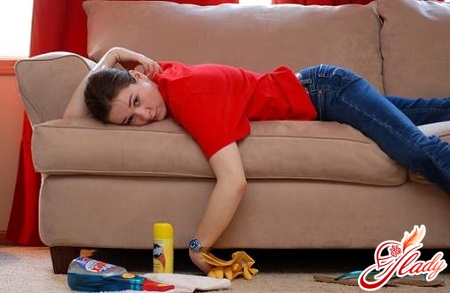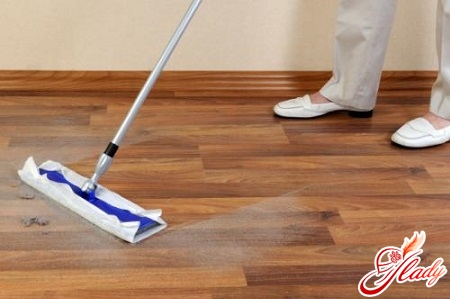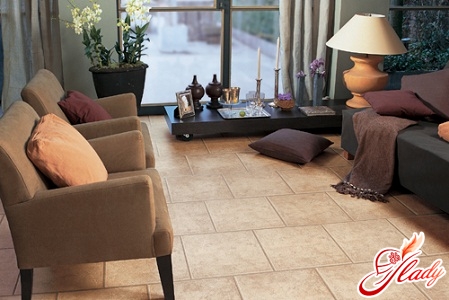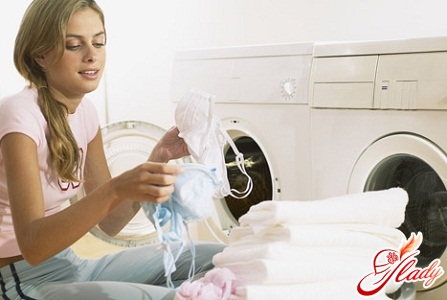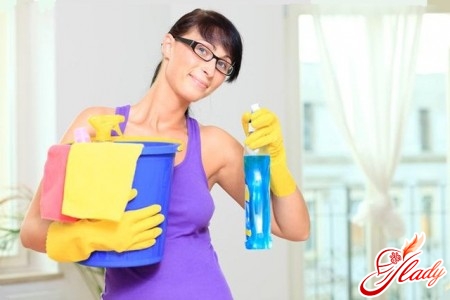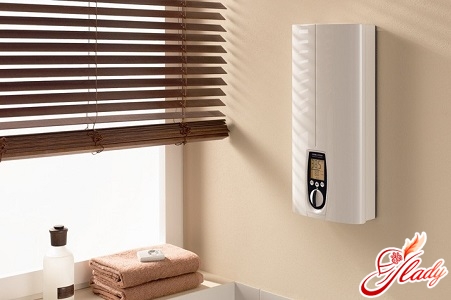
The problem of seasonal hot water shutdownis familiar to almost every city. But if city dwellers are bothered by this problem only for a few weeks during the season, then suburban settlements experience the need for hot water supply throughout the year. And in summer cottages, there is no centralized main line at all. What to do? The solution is simple. Manufacturers of household equipment are trying to keep up with the dynamically changing needs of the population, so they offer to solve the problem of hot water with the help of stationary heaters. Having studied the proposed types of equipment and taking into account your needs and living conditions, you will certainly find an acceptable option that will meet your desires and capabilities. In today's article, we will consider several types of flow heaters. We will find out their advantages and disadvantages and try to answer the main question - how to choose the best water heater.
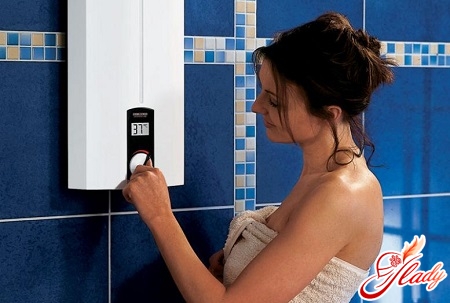
Types of water heaters
In order to continue the conversation about the pros and consdisadvantages of the water heaters offered for selection, we will make a short excursion on the main types of devices designed for heating water. Manufacturers of water heaters divide the equipment into two main types: storage and flow-through. And first of all, you will have to choose between them. Therefore, it is imperative to know the difference in the types of structure and method of heating water. Storage water heater A storage water heater has the form of a tank of varying capacity with a heating element (a device that heats water) located inside. It differs from a flow-through heater in the accumulation of hot water. That is, the water entering the tank is heated to the set temperature and maintained for the required time. The main disadvantage (or, most likely, inconvenience) of a storage water heater is its relatively large dimensions for apartment use. However, this problem is more than compensated for if a heater of this type is installed in a spacious country house. Another disadvantage is the need to turn on the equipment for heating the water in advance, and in the case of water consumption from several water intakes (for example, simultaneously in the kitchen and bathroom), you can quickly use up the supply of hot water. A significant advantage, which is really decisive when choosing the type of water heater, is the unlimited connection to the socket of the apartment power and economical energy consumption, which makes storage water heaters popular and affordable for any family. Flow-through water heater Since this article is devoted to flow-through water heaters, we will dwell in more detail on this type. A flow-through water heater is a stationary equipment designed to heat water. It works on the principle of "here and now". That is, its main difference (which, undoubtedly, is also its advantage over the storage "thermos") is instant heating of water at the time of its direct use. Consequently, there is no need for a storage tank, which in turn allows you to make it compact and convenient to use in small rooms. And then the fun begins. Read carefully and draw logical conclusions. We hope that further information will help you choose the right through-type water heater. Both storage and instantaneous water heaters are in turn classified by energy source into gas, electric, liquid and solid fuel. The latter can be classified as industrial. Their installation requires more stringent requirements, such as a separate boiler room and others.
- Instantaneous water heater - gas
Regarding gas instantaneous water heatersor, in the old-fashioned way, gas boilers, it is necessary to note their high energy efficiency. From the name it is clear that a gas burner is used to heat water in this type of device. And it is no secret that gas is a low-budget fuel. Modern gas boilers offered by manufacturers are switched on by both piezo ignition and electric ignition. The spark and gas supply are automatically triggered when the tap is opened. Also, they do not have a constantly burning wick, which makes them even more economical. Gas water heaters are of low (17-19 kW), medium (22-24 kW) and high (28-30 kW) power. Naturally, choosing a more powerful device, you will get more hot water at the outlet. For example, a low-power heater will be enough for you to take a shower, and in the case of simultaneous use of water from several taps (bathroom, kitchen), it is advisable to choose a device with a power of 24 kW. So, the advantage of gas boilers is its efficiency and fast heating of water. But the main drawback is not terrible for houses with existing chimneys, because the chemical elements released after gas combustion must be removed from the room. And for this, a chimney is necessary! For private houses with a centralized gas supply, where it is not difficult at all to make a chimney, choosing a gas water heater will be an excellent option. In addition to the listed advantages, it is worth mentioning the safety of this type of burners. In the event of a malfunction (flame extinction, chimney malfunction), the gas supply stops and the equipment is turned off. Unlike their older predecessors, modern devices are equipped with modulating burners that allow you to adjust the operation of the equipment depending on the water flow, and can maintain a given temperature at the outlet. Note: it turns out that there are two types of gas heaters, with an open and closed combustion chamber. A closed chamber is characterized by forced draft, for which a traditional chimney is not necessary.
- Instantaneous water heater - electric
Since the beginning of the "electrification of the entire country"Many years have passed, and now an outlet for an electric water heater is available in almost all apartments, country houses and summer cottages, which cannot be said about gas supply. The advantage of electric heaters is their modest dimensions and the ability to use a hot source in unlimited quantities. Due to these main advantages, electric water heaters are very popular during the seasonal shutdown of the central hot water supply. As a rule, the heaters offered recently have an automatic switch-on system. That is, as soon as you open the hot water tap, the heating element immediately begins to heat the consumed water. The device turns off in the same way. Prices for electric heaters are low, but during operation, namely when heating, electricity consumption increases several times. Although, if compared with storage devices, the average monthly energy consumption is lower. But at the same time, the water temperature at the outlet is also lower. Some budget electric heaters are designed to supply not hot, but warm water. Now about the most important thing when choosing an electric water heater, which consumers often do not attach due importance to. To install an electric heater in city apartments, it is necessary to lay a separate cable of a certain cross-section from the panel and install a circuit breaker. In houses where the use of electric stoves is provided, the voltage allows you to install high-power heaters. Since most houses have a gas supply, before buying an electric water heater, it is strongly recommended to consult with an electrician in your home about the technical feasibility of installing equipment of a certain power. In most cases, you can only install a device with a power of up to 8 kW. Note: by installing a water heater with a power of 3-4 kW, you will get a small stream of hot water at the outlet (»3 l / min). And this is only enough to wash the dishes. If you want to freely take a shower, do not even think about buying equipment below 8 kW. And based on the technical characteristics, this is possible only in houses supplied with a three-phase network. In old houses with 16 A fuses, it is strictly forbidden to install equipment with a capacity higher than 3.5 kW. Even in some new houses with 32-40 kW meters, there are restrictions on installing equipment with a capacity higher than 6 kW. Keep in mind that a negligent attitude to the requirements for installing equipment can lead to blown fuses and even expensive repairs to the electrical supply of the entire house! Therefore, we once again draw your attention to the fact that the key point in choosing a flow-through water heater is the issue of its connection. And you should treat it prudently and responsibly.
- Instantaneous water heater - non-pressurized
According to the operating principle, water heaters can bedivided into two subgroups: pressure and non-pressure. Non-pressure water heaters are usually equipped with a tap at the inlet and a shower head without a shut-off valve at the outlet - since the water coming from the water supply must freely exit the device. Such equipment is quite suitable for summer cottage use. Due to the fact that the power of non-pressure heaters is in the 2-8 kW segment, you should not expect very hot water at the outlet. Basically, it is purchased for installation in the kitchen or, as mentioned above, as a summer shower in the garden. The indisputable advantage of non-pressure types of water heaters is the ease of installation. The low power of such devices allows for the installation of equipment without additional special electrical wiring. It happens that some "handymen" change the shower head without a shut-off valve to a full-fledged tap. And they believe that a non-pressure water heater can be used instead of a mixer. Unfortunately, the equipment is not designed for water pressure and breaks down very quickly. Figuratively speaking, it "inflates" and bursts.
- Instantaneous water heater - pressure
Pressure flow devices have two tubes:at the water inlet and outlet. This device is installed by cutting into the central water supply riser, as is done, for example, with meters. This method allows you to have hot water in any tap in the house. The equipment starts automatically when the water starts flowing. Manufacturers offer two types of pressure heaters: single-phase (2-12 kW) and three-phase (3-30 kW). Their undoubted advantage is the presence of an electronic programming system. But among the disadvantages, it is necessary to highlight the significant consumption of the consumed current and the considerable cost of the equipment itself. Small flow heaters that do not require a special electrical installation (3-6 kW) do an excellent job of heating water in the summer. However, in winter (for example, in the event of an accident on the water supply line), you will not be able to heat the water to the required temperature. We explain why. A low-power water heater is capable of increasing the incoming temperature of cold water by twenty-five degrees. Having water in the tap at a temperature of +15 ° C in the summer, we add the delta of 25 ° C and get an output water temperature of +40 ° C. Which fully satisfies the needs of many consumers. However, in winter the temperature of the water in the tap is no more than 5-7 degrees. Having performed simple arithmetic operations (5 + 25), we get the temperature of the water at the outlet of +30 ° C. Naturally, such "hot" water will cause you indignation and doubts about the operability of the equipment. But keep in mind that the water heater most likely works in the normal mode, it is just that the parameters of the conditions have changed.
Mandatory "arithmetic"
So, when choosing a flow-through water heater, you need to find out several points, namely:
- the capacity of the equipment, that is, how many liters per minute is capable of giving the device output. As a rule, specifications are always prescribed in the attached documentation.
- Calculate the estimated hot water consumption per minute that is necessary for you.
We want to show you a simple way to countwater consumption. For example, to take a shower: turn on the water in your usual mode and put a ten-liter bucket underneath. Calculate how long it takes to fill the container. This will be your minute water consumption. That is, if the bucket filled up in one minute, then ten liters of water per minute is enough for you. And if this process took only thirty seconds, then you need 20 l/min. In this simple way, you can calculate what power of a water heater will suit you and choose the necessary model of equipment. However, consider other indicators: the use of several taps, climatic conditions, etc.
- Find out in the Housing and Utility Committee whether it is possible to install equipment of a given capacity and what needs to be done to install it (additional wiring, meter replacement, three-phase network and so on).
- Specify the installation conditions: who will install the equipment, what is the cost of the service, the possibility of self-connection and the like.
- Pay attention to the warranty period of operation and the coordinates of the service centers.
- Be sure to ask the availability of spare parts in the region in case of need of repair and what is their cost.
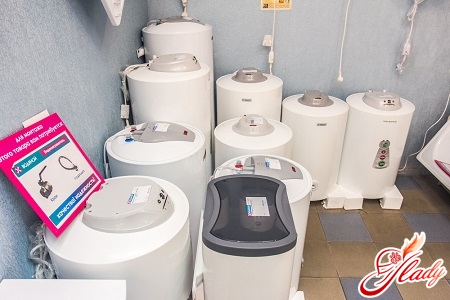
Brief analysis of instantaneous water heaters
So, let's summarize the information we've received together so that you can choose the right instantaneous water heater. Instantaneous water heater - electric. Pros:
- unlimited supply of hot water;
- compactness.
Cons:
- requires additional reinforced wiring, grounding, auto-switch;
- high power consumption.
Instantaneous water heater – gas. Pros:
- Low-budget operation (low gas cost);
- rapid heating of water.
Cons:
- availability of central gas supply;
- presence of chimney;
- large-sized.
Flow-through water heater – pressure. Advantages:
- compact size;
- use from different cranes;
- automatic on and off;
- electronic control system.
Cons:
- high price;
- expensive to operate - high energy consumption.
Flow-through water heater – pressureless. Advantages:
- modest dimensions;
- temperature limitation sensor;
- the automatic device for power outages in case of malfunctions;
- standard wiring.
Cons:
- poor performance;
- the only place of installation.
Thus, having studied the material provided,you will be able to easily navigate the types and kinds of instantaneous water heaters. And now it will not be difficult for you to choose the right equipment that suits you in terms of price and quality.




